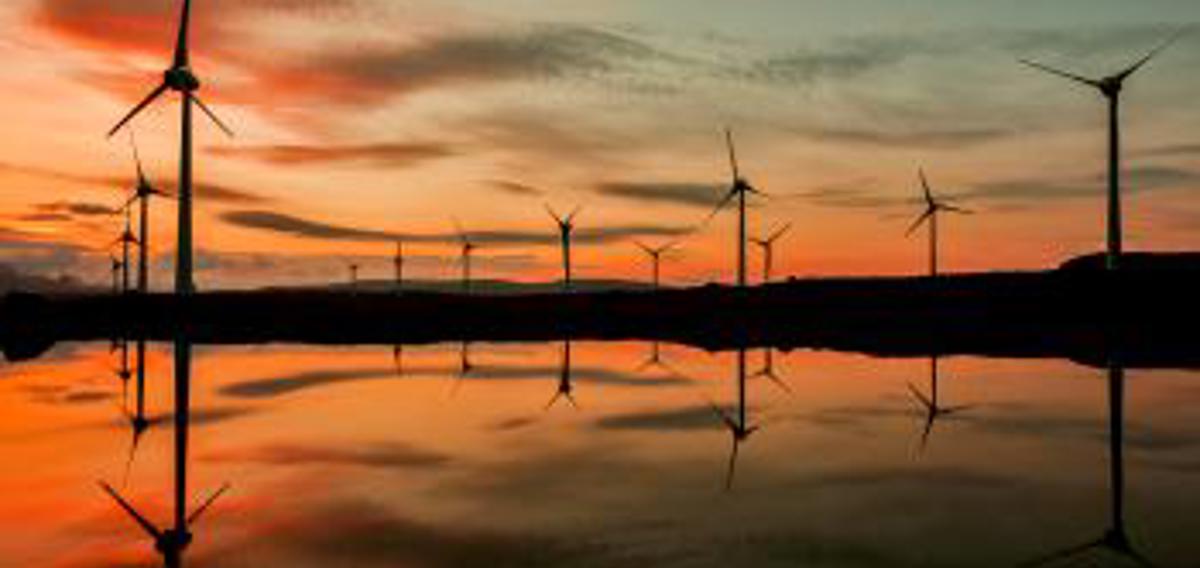Electric energy was 60% green in 2015

With the close of 2015, SEV concluded yet another good and green year. The production data for the past year on the whole is headed in the right direction.
Of SEV's total electricity production, 60% is derived from water and wind; the oil-fired thermal power plants thus account for 40%.
- We have achieved our goal for 2015, and we are quite pleased with this result, noted Hákun Djurhuus, managing director of SEV.
He observed that the last time SEV produced 60% of its power from renewable energy resources was in 1973, when hydropower supplied most of the total electricity production, which at the time was four times less than today.
The wind turbines at Neshaga and Húsahaga have had a major impact on the production numbers, which indicate that wind power production reached 17.8%. Compared to 2014, this was an increase of 61.8%. The battery storage system at Húsahaga will come online this year, and it is designed to greatly enhance wind power production, thus increasing the overall contribution of wind power in the years ahead.
Hydropower provided 42.3% of total electricity production in 2015, which amounts to an increase of 10.3% compared to 2014.
The Eiði hydropower plant set a record in 2015. The plant produced 68.1 GWh, which represents an increase of 10.2% compared to production in 2014. The expansion of the Eiði power plant, coupled with the new water collection tunnel above Norðskála running south toward Selatrað, is the principal reason it is possible to produce more electricity from hydropower.
Production from the thermal power plants decreased by 16.4%, and this is the second year in a row that thermal production has declined by some 16%.
Electricity production in 2015 was the highest it has been for some time. SEV produced 314.4 GWh in 2015, which is 2.95% more than in 2014, when total electricity production was 305.4 GWh.
